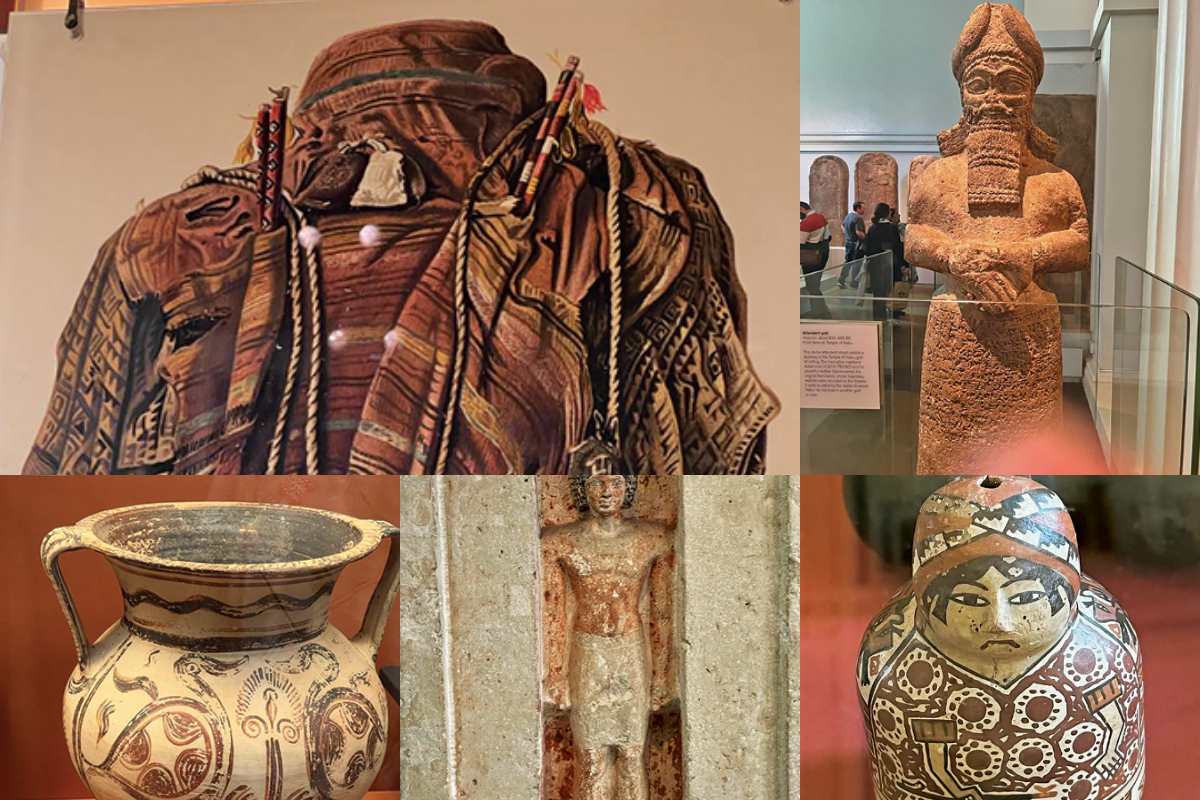
Today I am at the World Museum of Stolen Civilisations. Yes, it is The British Museum in London. This is the third time I have been here. Almost 22 years ago, in July 1999, when I came here, my dear friend Javed Soomro, the BBC producer, was with me. For the second time in January 2007, my wife, my eldest daughter, two sons and my brother-like trusted friend Barkat Ali were with me and today my wife and my daughter are with me again. On these three occasions, this world museum revealed its new secrets to me.
Before this museum, I have given some account of my visit to Nottingham Museum commonly known as the city of Robin Hood. I could not tell one special thing about Nottingham Castle, so it would be better to tell about that special thing of Nottingham Castle before describing the situation of the British Museum. What I am referring to is an inscription that hangs in a glass frame on a board in Nottingham Castle, and on this inscription is a quote by the Jamaican-born British scholar and sociologist Stuart Hall. That speech was so powerful that fresh blood started circulating in my old veins as soon as I read it. You should read that speech first.

“There is no understanding English-ness without understanding it’s imperial and colonial dimensions.”
I was shocked to see such a title in a British city and strongly condemning imperialism and colonialism and started further reading the entire text. Now let’s read this text aloud on the board.
“Decolonisation at Nottingham Castle Museum and Art gallery means uncovering the hidden histories of objects on display and re-telling their stories with a non-Eurocentric bias.”
“Often, we are taught that Europe was a hot bed of industrial and technological advancements and a place of great civilisations and while there is truth in this, it does not tell the whole story. Prior to colonisation and British imperialism, many countries outside Europe were self-sufficient, well-governed, civilised systems full of diverse cultures and an abundance of resources.
“Once ‘discovered’ by the Europeans, indigenous people were portrayed to be the savage to justify stealing their resources and selling them for a hefty profit to willing participants. There was no peaceful, lawful, or non-exploitative way in which the colonisers took from distant lands and those indigenous to it.
“The spoils of empire are everywhere; from the Kohinoor Diamond in the Queen’s Crown jewels to English staples such as tea and sugar and the raw materials used to craft the items found in the display case opposite. It is imperative that we know this history, even if its’ uncomfortable. To directly combat the issues such as racism, white nationalism and xenophobia. The aim is not to shame those who benefit from the fruits of empire and colonisation but to highlight the hidden histories and narratives that museums often choose to remain neutral or silent about.”
After entering the main building of the British Museum, we enter the stolen Egyptian civilisation through the large door on the left. Here we first saw inscriptions on Rosetta stones. These texts are written in figurative language. These animals, birds, living things or objects are symbols that express their existence or form and even for those who do not know languages can get some communication from these forms. These writings on stones are found on tablets and pillars.
It is said that these writings on Rosetta stones are the most valuable treasure that exists in this museum and these writings have been read and understood. Attempts have also been made to read the inscriptions on our Moenjo-daro seals and plaques by Dr Samuel Parpola of the University of Copenhagen and what was read were the words of Sindhi and Saraiki, the current and spoken languages of today.

Anyway, today we’re at the British Museum and talking about what’s in there. The statues of the pharaohs of Egypt here are telling their own history. I think these pharaohs are telling how Napoleon conquered Egypt in the early 19th Century and stole their statues from here and then how the British colonists stole or snatched these statues from the French.

When it comes to the global thefts of the 19th Century, I am forced to look at my own thefts when Ranjit Singh, a regional terrorist born in Gujranwala, spilled rivers of blood in the conquests of Multan, Peshawar and Kashmir, along with that treasure of billions of dollars were also stolen from here. The treasures, which were later taken over from him by the British colonialists.
The British Museum is the oldest one in the world and what could be the oldest object in this museum, yes it is a portrait of a human skull brought here from Jericho, Palestine. I could hear Mahmoud Darwish’s screams and angry voices echoing through the galleries and walls of the entire museum and into the streets of the city.
Let me also tell you that the Egyptian government has also made a claim to the British government to return all the antiquities along with the inscriptions written on the Rosetta stones to Egypt.

How many objects do you think the British Museum has brought from all continents around the world? I amaze you, 99 per cent of what we see here is invisible to us and what we see is only one per cent. Many more are hidden away in archives and other institutions, yet you should know that the British Museum has eight million artefacts. If every rare object is considered to represent some civilisation, then this museum has 80,000 stolen civilisations from across the world.
I could tell you only a few things. But what I saw is enough to surprise you and me. I don’t want to burden you with the details of the stolen civilisations of Latin America, Europe, China, South Asia and Australia.

Just to mention Ajrak and Susi, which are the symbols of my cities Nasrpur and Hala in Sindh and introduce Sindh to the world. But I saw Ajrak and Susi specimens brought from Peru, the last western Latin American country in the world, in this museum. The distance between Sindh and Peru is 16,000km, but how did Ajrak and Susi travel so long thousands of years ago? The 5,000 years old statue of the King Priest in our Karachi Museum is wearing Ajrak. We have had Ajrak and Susi for 5,000 years but it is yet to be known that from when Ajrak and Susi came to Peru and its capital Lima?
Catch all the The Globe News, Breaking News Event and Latest News Updates on The BOL News
Download The BOL News App to get the Daily News Update & Live News.





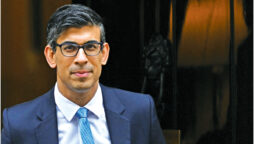
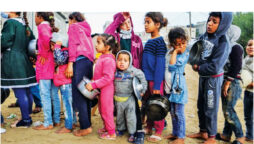
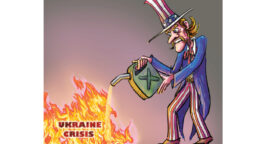

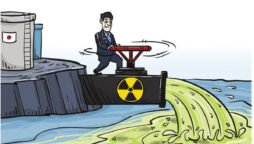

 Read the complete story text.
Read the complete story text. Listen to audio of the story.
Listen to audio of the story.